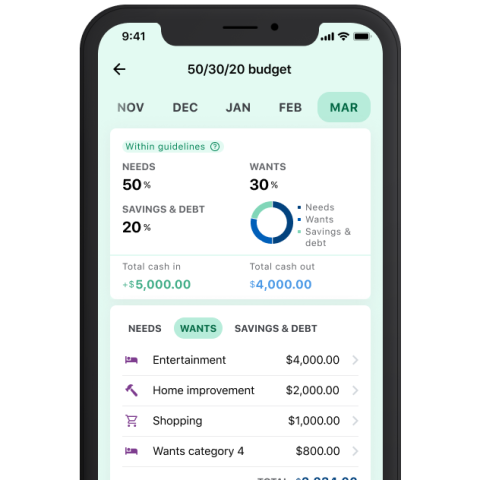Why Are Eggs So Expensive?

Many or all of the products featured here are from our partners who compensate us. This influences which products we write about and where and how the product appears on a page. However, this does not influence our evaluations. Our opinions are our own. Here is a list of our partners and here's how we make money.
Updated May 15, 2024, with data from the latest consumer price index report.
For more than two years, farmers have fought a battle with bird flu that at one point sent the price of a dozen regular eggs soaring to almost $5. Prices have since retreated, but occasional reports of outbreaks could continue to affect the supply of this staple food.
What happened to egg prices in April?
The average cost of a dozen Grade A large eggs was $2.86 in April, according to data from the U.S. Bureau of Labor Statistics, retrieved from the Federal Reserve Bank of St. Louis’ FRED site.
The latest Consumer Price Index, or CPI, shows that the price of eggs dropped 7.3% from March to April. And they’re down 9% from where they were a year ago.
BLS data tracking egg prices goes back to at least 1980, when large, Grade A eggs cost $0.88 a dozen, not adjusted for inflation.
Before February 2022, the average cost of a dozen had largely stayed below $2 since March 2016.
The price of eggs more than doubled from the beginning of 2022 until hitting its peak of $4.82 per dozen in January 2023. Since then, prices fell steadily until the fall but still hadn’t reached pre-pandemic norms before ticking up again.
So, why did egg costs get so high? The pandemic and inflation play a factor, but they aren’t the real culprit.
Why are eggs so expensive?
Eggs are so expensive because of a widespread outbreak of H5N1, a highly transmissible and fatal strain of avian influenza, or bird flu. The outbreak started in early 2022 and has grown into the largest bird flu outbreak in U.S. history.
The outbreak reduced the egg supply, while demand remained consistent, leading to higher prices.

Prices eased as the number of bird flu cases declined in 2023, with no infections reported from May through September. The relief was short-lived, though. Egg producers reported a resurgence of the virus starting in November 2023. Since then, prices have risen about 34%. The USDA expects prices throughout 2024 will be higher than the previous year.

Why is there an egg shortage?
There’s an egg shortage because the ongoing bird flu outbreak reduced the number of egg-laying chickens. As of May 14, the virus has affected more than 90.9 million birds in the U.S. since January 2022, according to the Centers for Disease Control and Prevention.
New bird flu cases continue to be reported by major U.S. egg producers. Most recently:
Cal-Maine Foods Inc., the largest U.S. egg producer, announced on April 2 that it had found cases of bird flu in chickens at a plant in Texas. More than 1.6 million egg-laying hens and 337,000 juvenile chickens were affected at the Texas plant — or about 3.6% of the company’s total flocks, Cal-Maine said in a news release.
The Michigan Department of Agriculture and Rural Development reportedly found cases of bird flu at Herbruck’s Poultry Ranch, another major U.S. egg producer based in Ionia County, Michigan. The department didn’t specify how many affected birds were egg-laying hens, according to the Associated Press.
A total of 5.97 million birds were lost between the two facilities, according to the USDA’s Livestock, Dairy and Poultry Outlook report released April 17.
Why are eggs so expensive in California?
A dozen large white cage-free eggs cost about $2.24 per dozen in California, according to USDA market data released May 10.
Egg prices shot up in California at the start of 2024 because a string of bird flu cases in December and January were concentrated in the state. It’s possible retailers could’ve made up the losses with eggs from outside the state, but California law limits their alternatives.
In 2018, California voters passed a ballot measure setting high standards for farm animal welfare. That included requiring that only cage-free eggs be sold in the state. The share of egg layers raised in cage-free conditions has been growing, but they still make up less than half of the national population. And many of them are raised in California. USDA data show the national inventory of cage-free eggs took a big hit when California egg producers reported cases of bird flu.
Because of the diminished supply of cage-free eggs, prices went up. Weekly price data from the USDA shows California egg prices (meaning, cage-free egg prices) peaked at $5.59 per dozen during the week of Feb. 9. Since then, the supply of cage-free eggs has largely recovered, according to the USDA. That has eased egg prices in California.



